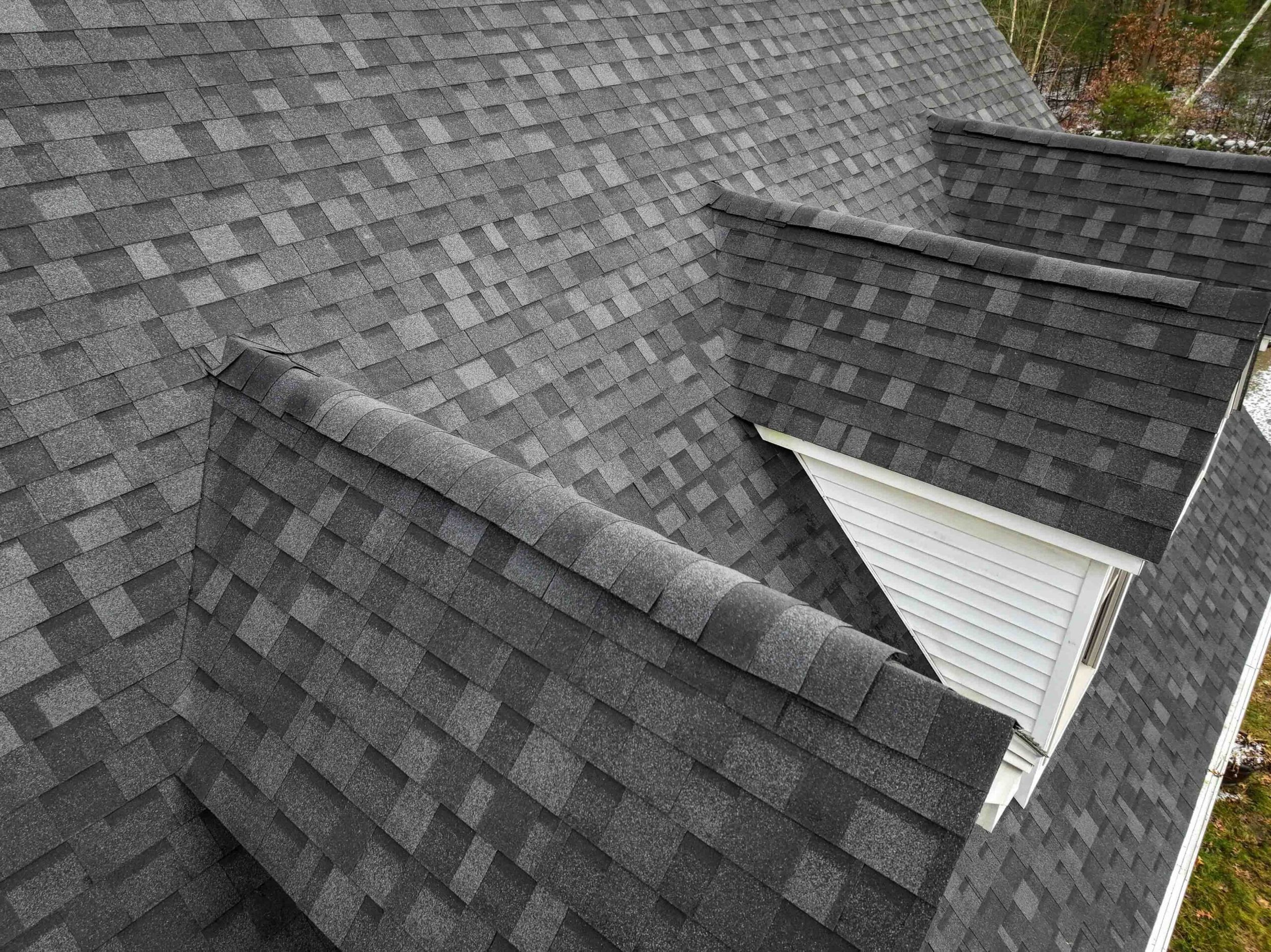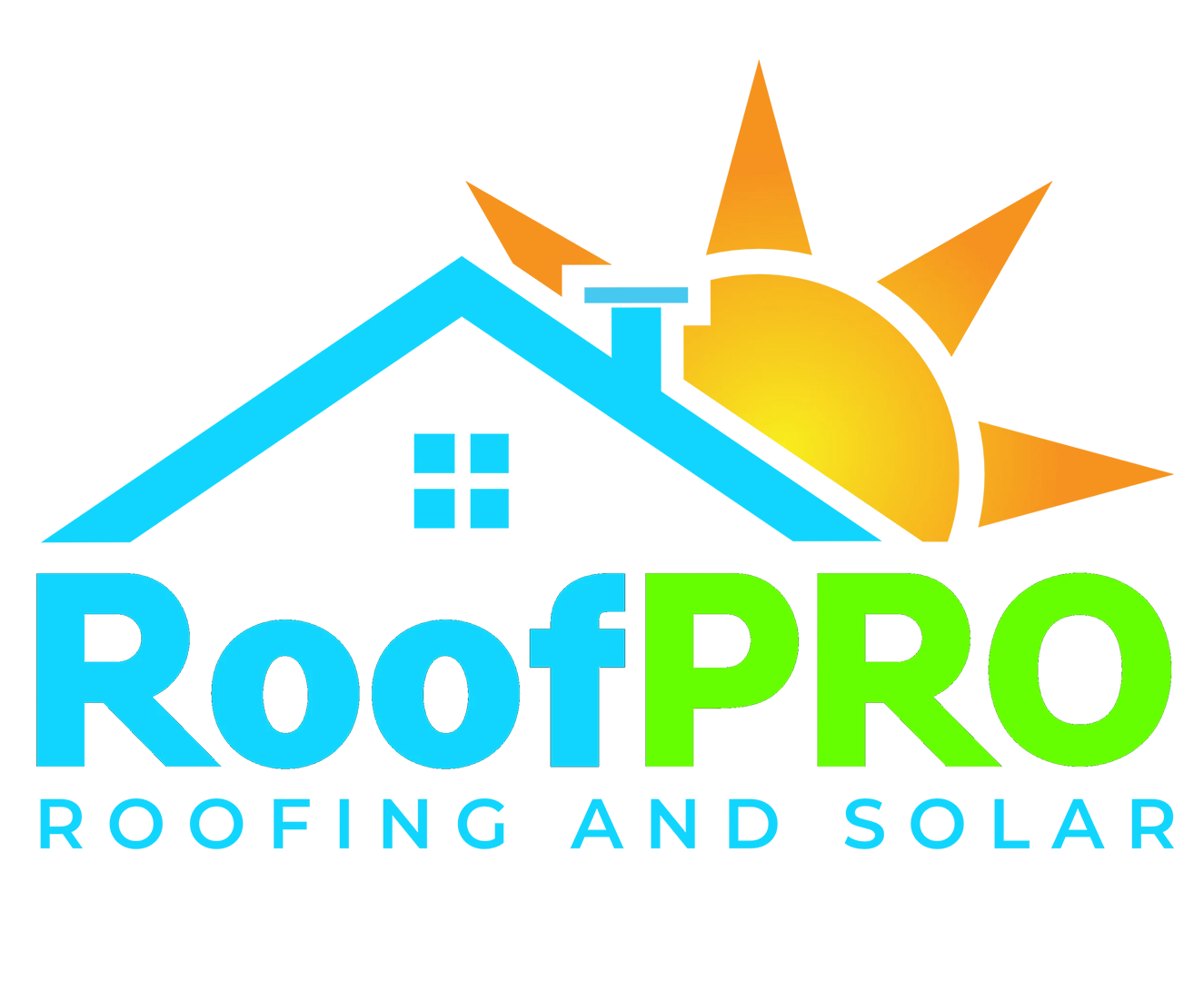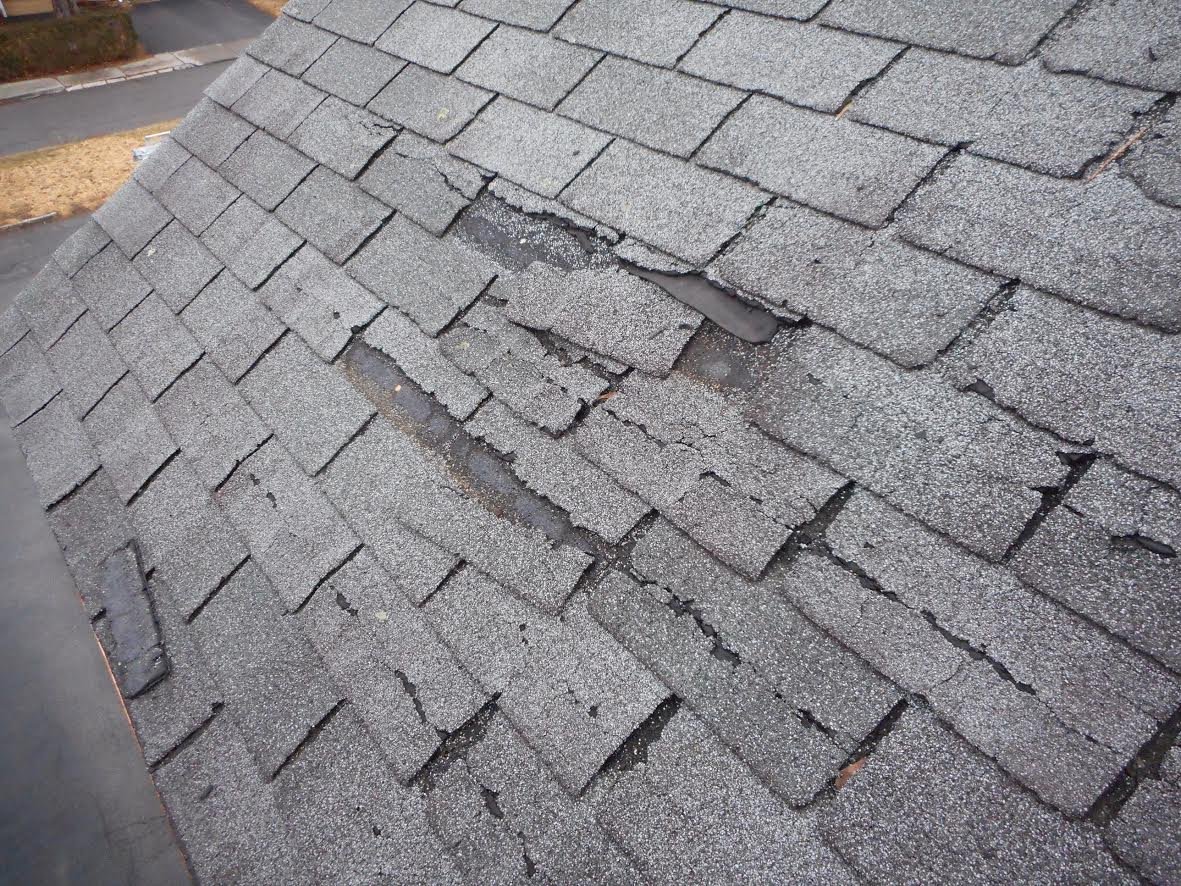
Exploring the Advantages of Shingle Roofing and Knowing When to Replace
Shingle roofing has long been a preferred choice for homeowners, offering a blend of durability, versatility, and aesthetic appeal. Let’s delve into why shingle roofing stands out as an excellent option for your home and discuss key indicators that signal it's time for a replacement.
Durability and Longevity: Shingle roofing, whether made of asphalt, wood, or composite materials, is known for its durability and ability to withstand various weather conditions. With proper maintenance, shingle roofs can last for decades, providing reliable protection for your home.
Versatility in Design: One of the most significant advantages of shingle roofing is its versatility in design. Shingles come in a wide range of colors, styles, and textures, allowing homeowners to choose a look that complements their home's architecture and personal aesthetic preferences.
Cost-Effectiveness: Compared to other roofing materials like metal or tile, shingle roofing typically offers a more cost-effective solution without compromising on quality or durability. The initial installation costs are often lower, making it an attractive option for budget-conscious homeowners.
Easy Maintenance: Maintaining a shingle roof is relatively straightforward, requiring periodic inspections and minor repairs as needed. Routine maintenance tasks such as cleaning gutters, removing debris, and replacing damaged shingles can help prolong the life of your roof and prevent more significant issues down the line.
Energy Efficiency: Certain types of shingle roofing, particularly those with reflective coatings or energy-efficient materials, can help improve the energy efficiency of your home by reducing heat absorption and lowering cooling costs during hot summer months.
When It's Time to Replace Your Shingle Roof
Age of the Roof: As shingle roofs age, they become more susceptible to wear and tear, leading to issues such as curling, cracking, or missing shingles. If your roof is approaching the end of its expected lifespan (typically 20-30 years), it may be time to consider a replacement.
Visible Signs of Damage: Inspect your roof regularly for signs of damage, including missing, broken, or discolored shingles, as well as signs of water damage or leaks in the attic or ceiling. These are indicators that your roof may be compromised and in need of replacement.
Granule Loss: Shingles with significant granule loss, often noticeable by bald spots or areas of discoloration, are more prone to damage from UV rays and weather exposure. If you notice excessive granule loss on your shingles, it's a sign that they may need to be replaced.
Sagging or Drooping Roof Deck: A sagging or uneven roof deck is a serious structural issue that requires immediate attention. If you notice any signs of sagging or drooping in your roof, it's essential to have it inspected by a professional roofer to determine the extent of the damage and whether a replacement is necessary.
Shingle roofing presents a myriad of advantages, boasting durability, versatility, and cost-effectiveness, which have earned it widespread popularity among homeowners worldwide. Nonetheless, akin to any roofing material, shingles come with a finite lifespan and will eventually necessitate replacement. Through a comprehensive grasp of the benefits of shingle roofing and an awareness of the ideal time for replacement, homeowners can uphold the protection and security of their residences for the long haul. Remember, don't hesitate to reach out to us at RoofPRO today for a free, hassle-free estimate – we're here to help safeguard your home investment.



